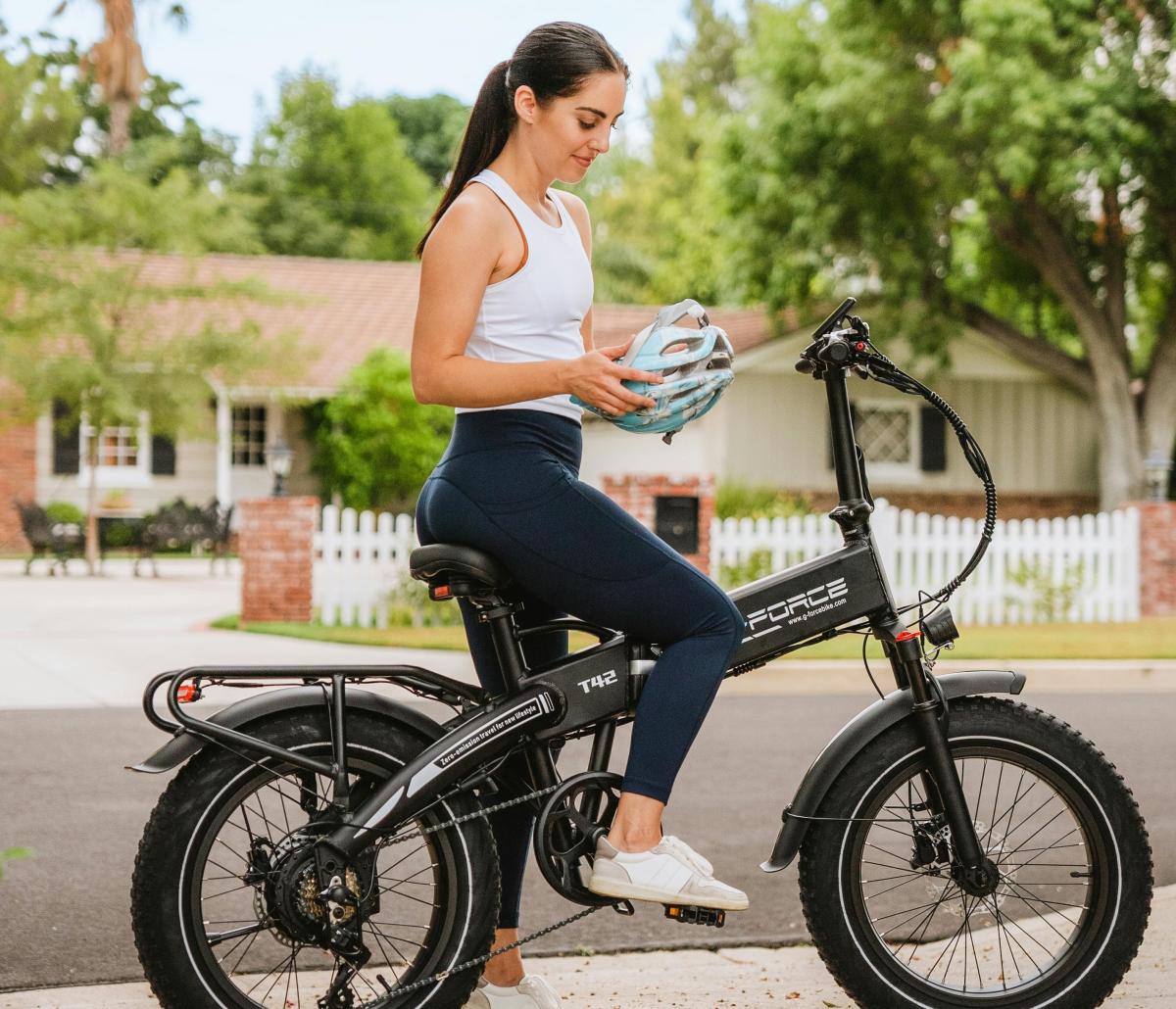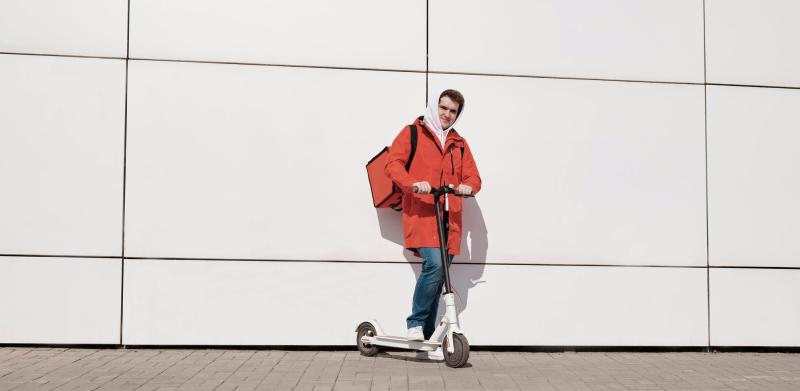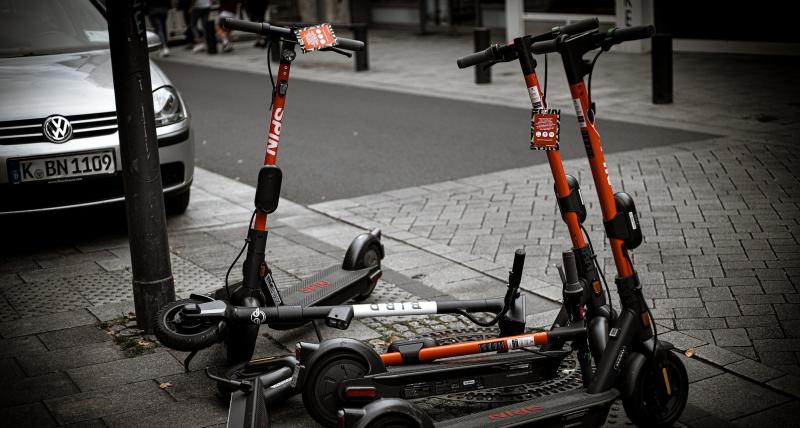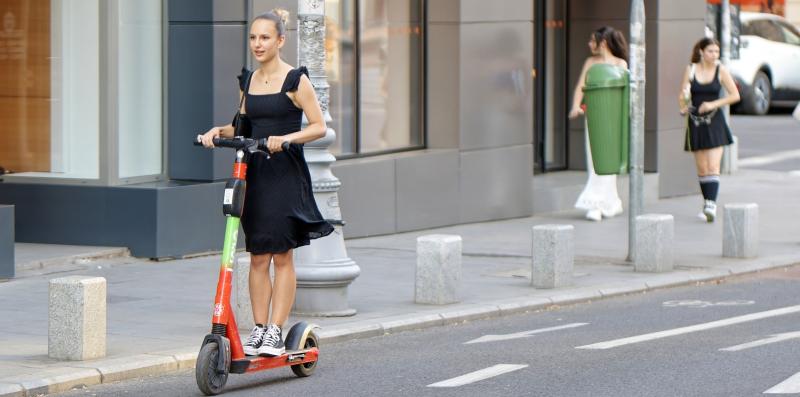Electric bikes are a fantastic way to commute, exercise, and explore the outdoors, but ensuring a smooth ride is essential for comfort and performance. Rough or bumpy rides can detract from your experience and even lead to wear and tear on your bike. In this guide, we’ll explore practical tips and techniques to make your electric bike ride smoother, so you can enjoy every journey to the fullest.
Why a Smooth Ride Matters
A smooth ride enhances your comfort, reduces strain on your body, and minimizes wear on your e-bike’s components. Whether you’re riding on city streets, trails, or mixed terrain, addressing factors like suspension, tires, and bike setup can make a big difference. By optimizing your e-bike, you’ll not only improve your riding experience but also extend the life of your bike.
1. Check and Adjust Tire Pressure
Tire pressure plays a significant role in how smooth your ride feels. Too much or too little pressure can lead to discomfort and reduced performance:
- Recommended Pressure: Check your e-bike’s manual or the sidewall of your tires for the recommended PSI (pounds per square inch). Adjust the pressure within this range based on your weight and riding conditions.
- Lower Pressure for Comfort: If you frequently ride on rough terrain, slightly lowering your tire pressure can improve shock absorption. Be careful not to go too low, as this increases the risk of pinch flats.
- Higher Pressure for Speed: For smooth roads or commuting, higher tire pressure reduces rolling resistance and improves efficiency.
Pro tip: Use a tire pressure gauge to ensure accurate adjustments and keep your tires within the recommended range.
2. Upgrade to Wider or Puncture-Resistant Tires
Tire choice is another crucial factor for a smoother ride. Consider upgrading to tires that better suit your riding conditions:
- Wider Tires: Wider tires provide better stability and cushioning, especially on uneven terrain. Look for tires that are 2 inches or wider for enhanced comfort.
- Puncture-Resistant Tires: Opt for tires with puncture protection to reduce the risk of flats and improve durability.
- All-Terrain Tires: If you frequently ride on mixed surfaces, all-terrain tires can handle both smooth roads and off-road paths effectively.
Best practice: Match your tire choice to the type of terrain you ride most often for optimal comfort and performance.
3. Invest in Suspension Upgrades
Suspension is essential for absorbing shocks and providing a smoother ride, especially on bumpy roads or trails:
- Front Suspension: Many e-bikes come with front suspension forks that absorb impacts from rough terrain. Ensure your suspension fork is properly adjusted for your weight and riding style.
- Full Suspension: For off-road riders, a full-suspension e-bike (front and rear suspension) offers the best shock absorption and smoothness.
- Suspension Seatpost: If your e-bike lacks rear suspension, consider adding a suspension seatpost. This simple upgrade can significantly improve comfort on uneven surfaces.
Pro tip: Regularly maintain and adjust your suspension to ensure it performs optimally.
4. Adjust Your Saddle and Handlebar Position
Proper bike fit is crucial for a smooth and comfortable ride. Adjusting your saddle and handlebars can reduce strain and improve control:
- Saddle Height: Set your saddle height so your legs are slightly bent at the bottom of the pedal stroke. This helps reduce fatigue and ensures efficient pedaling.
- Saddle Angle: Keep the saddle level or slightly tilted to avoid pressure points. Experiment with small adjustments to find the most comfortable position.
- Handlebar Position: Adjust the handlebars to a height and angle that allows for a relaxed grip and reduces strain on your wrists and shoulders.
Best practice: If you’re unsure about adjustments, visit a bike shop for a professional fitting session.
5. Maintain a Balanced Load
Uneven weight distribution can make your e-bike feel unstable and uncomfortable. Follow these tips to maintain balance:
- Use Panniers: If you carry gear, distribute the weight evenly on both sides of the bike using panniers or saddle bags.
- Avoid Overloading: Stay within the weight capacity of your e-bike to prevent strain on the frame and components.
- Center the Load: Place heavier items closer to the center of the bike to maintain stability and control.
Pro tip: Avoid carrying heavy backpacks, as they can throw off your balance and cause discomfort.
6. Regularly Clean and Lubricate Your Bike
Keeping your e-bike clean and well-maintained reduces friction and ensures smooth operation:
- Clean the Drivetrain: Use a degreaser to clean the chain, cassette, and derailleur, removing dirt and grime that can cause resistance.
- Lubricate Moving Parts: Apply bike-specific lubricant to the chain, gears, and other moving parts to reduce noise and improve efficiency.
- Inspect Bearings: Check the wheel and pedal bearings for wear. Replace them if they feel rough or noisy.
Best practice: Perform routine maintenance after every few rides, especially if you frequently ride in wet or dusty conditions.
7. Adjust Your Riding Style
How you ride can also affect the smoothness of your e-bike experience. Here are some tips to keep in mind:
- Relax Your Grip: Avoid clenching the handlebars tightly. A relaxed grip reduces hand fatigue and improves control.
- Shift Gears Correctly: Use lower gears for climbing hills and higher gears for flat terrain to maintain a steady cadence and reduce strain on the motor.
- Avoid Sudden Movements: Smooth, gradual turns and stops help maintain stability and prevent jolts.
Pro tip: Practice riding on different surfaces to improve your confidence and adaptability.
8. Upgrade Key Components
If you’re looking for a long-term solution, consider upgrading certain components of your e-bike for a smoother ride:
- Comfortable Saddle: Replace the stock saddle with a padded or gel saddle for better support and comfort.
- Ergonomic Grips: Add ergonomic handlebar grips to reduce pressure on your hands and wrists during long rides.
- High-Quality Pedals: Invest in wide, grippy pedals that provide stability and reduce foot fatigue.
Best practice: Choose components that match your riding style and preferences for maximum comfort and performance.
Real-Life Example: Transforming a Bumpy Ride
Anna, a daily commuter, noticed her electric bike rides felt rough and uncomfortable on uneven roads. She upgraded to wider, puncture-resistant tires, added a suspension seatpost, and adjusted her saddle height for a better fit. These changes transformed her riding experience, making her daily commute smooth and enjoyable.
Conclusion: How to Make Your Electric Bike Ride Smoother
Achieving a smoother electric bike ride involves a combination of proper maintenance, thoughtful upgrades, and adjustments to your bike and riding style. From optimizing tire pressure to upgrading suspension and components, these tips will help you enhance comfort and enjoy every journey. By taking the time to fine-tune your e-bike, you can ensure a smoother, more enjoyable ride on any terrain.



